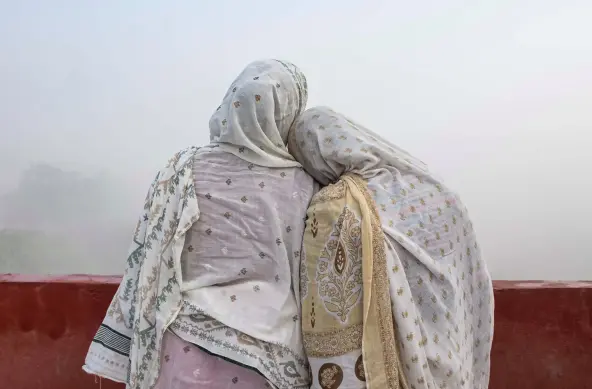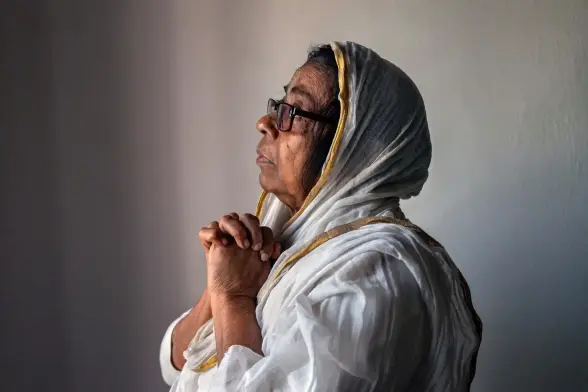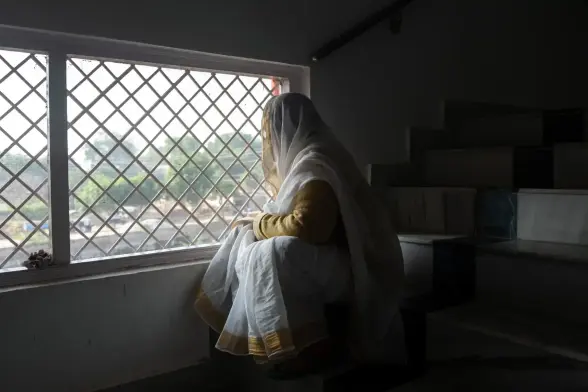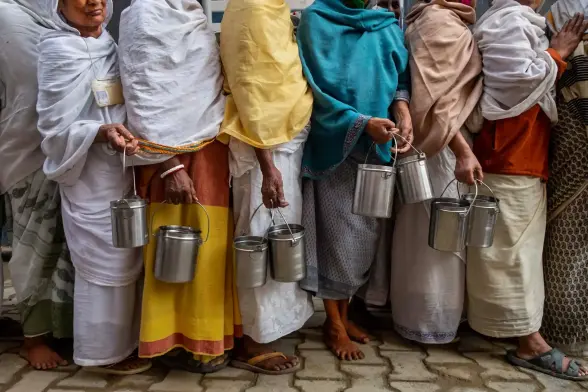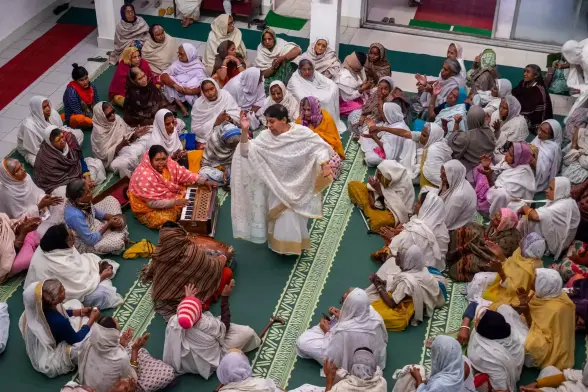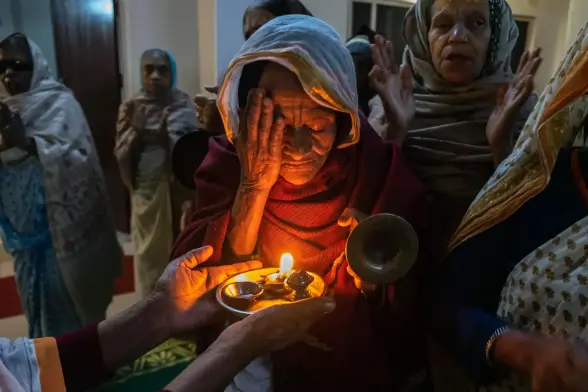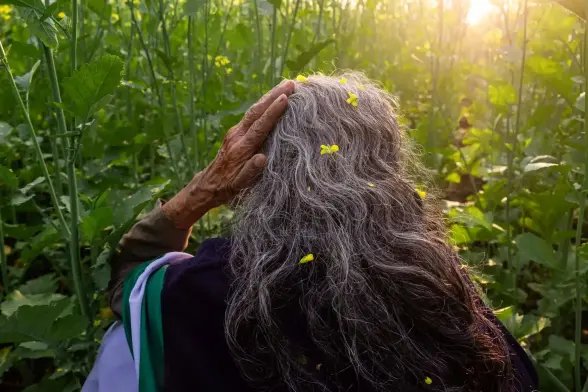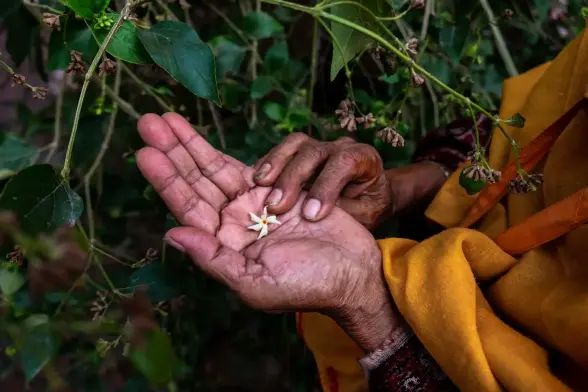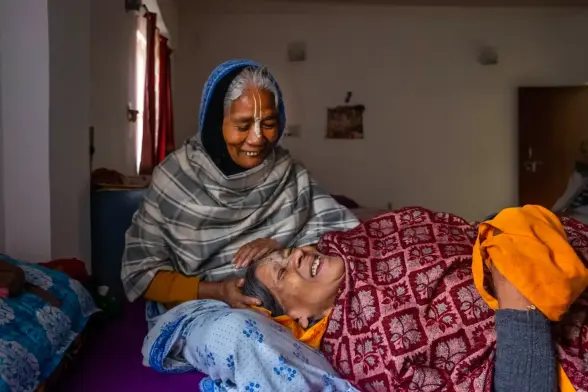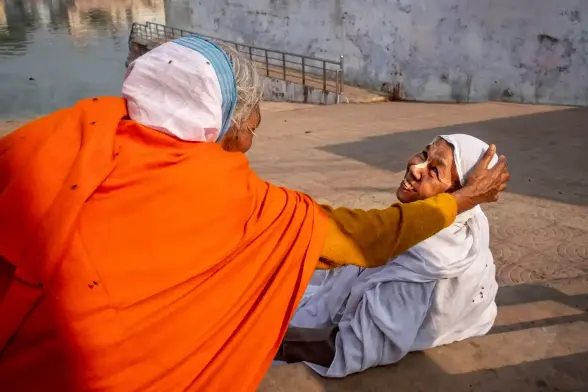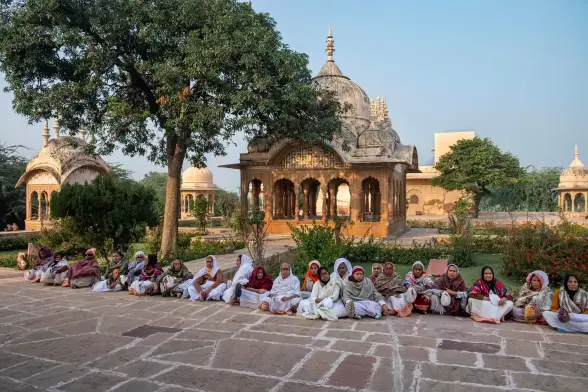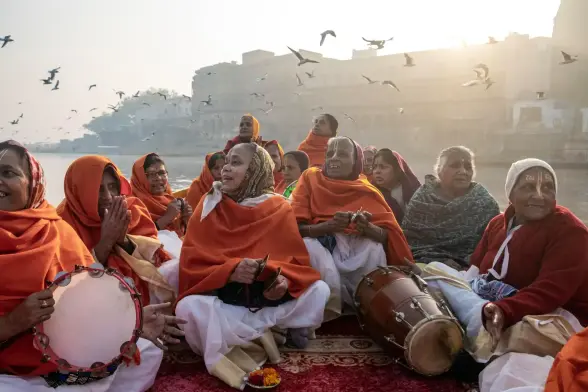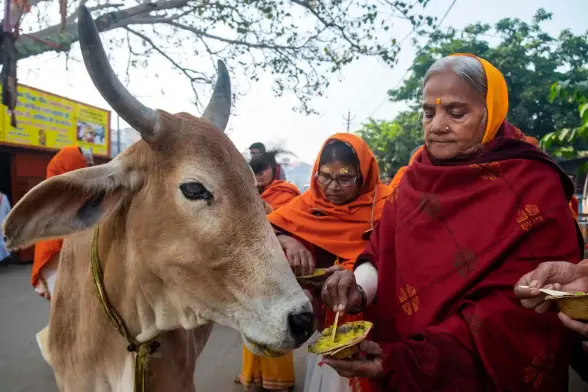Solace and sisterhood: the Indian holy city where ostracised widows find a new home
Women from all over West Bengal and beyond travel to #Vrindavan for a life of prayer, many having suffered abuse, stigma and abandonment by families who see them as cursed. Up to 20,000 widows – nearly 20% of the city’s population – have found refuge in ashrams and shelters that have sprung up to support them
Words and photographs by Rana Pandey
